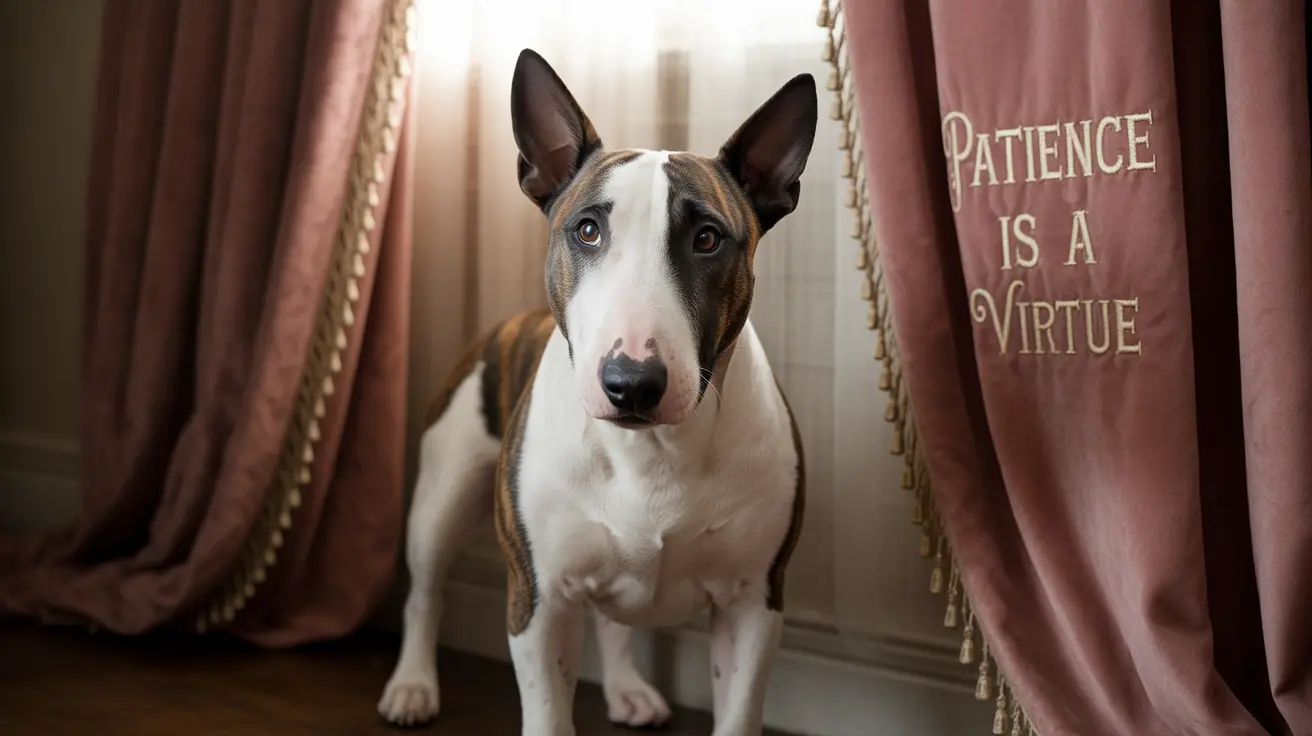Have you ever witnessed your dog moving in slow motion under hanging plants or curtains, seemingly hypnotized? This peculiar behavior, known as dog trancing, is a fascinating phenomenon that leaves many pet owners puzzled and intrigued. While it might look concerning at first glance, this unusual ritual is generally harmless and more common than you might think.
In this comprehensive guide, we'll explore what dog trancing is, why it occurs, and when (if ever) you should be concerned about this behavior in your furry friend.
What Is Dog Trancing and How Does It Happen?
Dog trancing, also called trance-like syndrome (TLS) or ghost-walking, occurs when dogs move in an extremely slow, deliberate manner under objects that lightly touch their back. Common triggers include hanging plants, tablecloths, curtains, or Christmas tree branches.
During a trancing episode, dogs typically display several characteristic behaviors:
- Moving in ultra-slow motion
- Maintaining a fixed, glazed expression
- Appearing temporarily unresponsive to their environment
- Showing a seemingly peaceful, meditative state
Common Triggers and Duration
Trancing episodes can last anywhere from a few seconds to half an hour. Most dogs will snap out of their trance if called by name or if the triggering stimulus is removed. Interestingly, many dogs will seek out specific spots or objects repeatedly to engage in this behavior.
Breeds Most Likely to Experience Trancing
While any dog can exhibit trancing behavior, certain breeds show a higher predisposition:
- Bull Terriers (most commonly reported)
- Greyhounds
- Salukis
- Whippets
- Basset Hounds
Is Dog Trancing Dangerous?
The good news is that dog trancing is generally considered a benign behavior by veterinary experts. It's not typically associated with any underlying health issues or behavioral problems. However, owners should monitor their dogs to ensure the behavior doesn't become excessive or compulsive.
When to Consult a Veterinarian
While trancing itself isn't concerning, certain signs warrant professional attention:
- Aggressive behavior during or after trancing
- Muscle tremors or seizure-like activity
- Prolonged unresponsiveness
- Changes in normal behavior patterns
- Excessive frequency of trancing episodes
Managing Your Dog's Trancing Behavior
If your dog engages in trancing, consider these management strategies:
- Ensure trancing spots are safe and free from harmful objects
- Monitor the duration and frequency of episodes
- Allow the behavior as long as it remains non-problematic
- Create a calm environment during trancing episodes
Frequently Asked Questions
What exactly is dog trancing and why do dogs walk slowly under objects like plants or curtains?
Dog trancing is a behavior where dogs move very slowly under objects that lightly touch their back, entering a trance-like state. This behavior appears to be pleasurable for dogs, possibly triggered by the gentle sensory stimulation from the touching objects.
Are certain dog breeds more prone to trancing behavior, and is it genetic?
Yes, some breeds, particularly Bull Terriers, Greyhounds, and Salukis, are more prone to trancing. While there may be a genetic component, this hasn't been definitively proven through scientific research.
Is dog trancing a sign of a medical problem or canine compulsive disorder?
Generally, no. While some experts have suggested possible links to compulsive disorders, trancing is typically considered a normal, harmless behavior unless accompanied by other concerning symptoms.
When should I be concerned and take my dog to the vet if they start trancing?
Consult a veterinarian if your dog shows additional symptoms like aggression, muscle tremors, prolonged unresponsiveness, or if trancing becomes excessive or interferes with daily activities.
How can I safely manage or respond to my dog when they are exhibiting trancing behavior?
Allow the behavior as long as it's occurring in a safe environment. There's no need to interrupt or prevent trancing unless it involves dangerous objects or becomes excessive. Simply monitor your dog and ensure their trancing spots are safe.
Conclusion
Dog trancing, while mysterious and sometimes concerning to owners, is typically a harmless behavioral quirk that many dogs enjoy. By understanding what's normal and what might signal a problem, you can better support your furry friend's unique behaviors while ensuring their safety and well-being.






